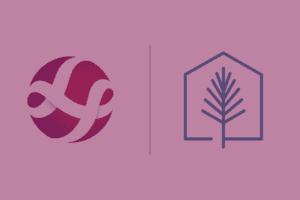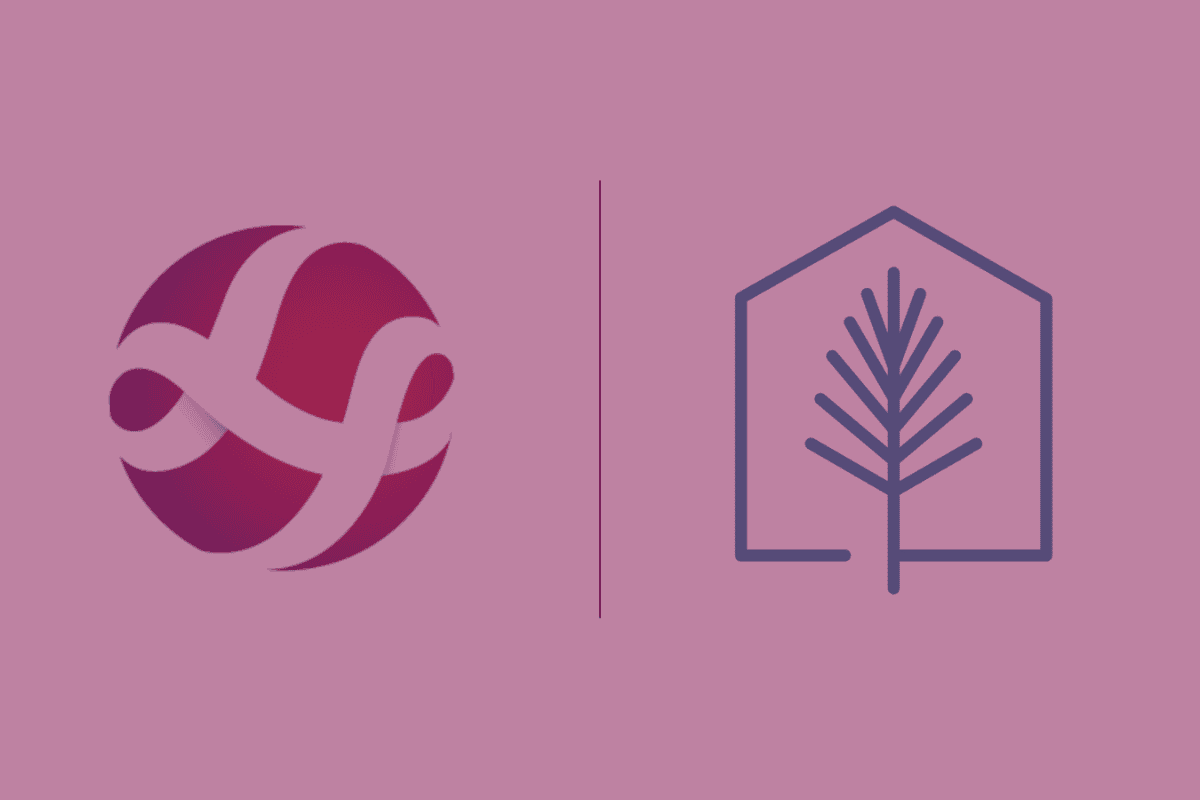A new house. A college education. A vacation. A car. Home expenses. Life costs. Personal indulgences … they all add up, don’t they? For most Americans, twenty-first century living means dealing with debt. As consumer and household debts continue to rise in a trend that shows little sign of slowing, we advise our clients to make time to understand the extent of their debts, and to develop a plan to handle their unique financial circumstances.
What does your debt look like, and how can you stay on track when it comes to paying it down?
Understanding Debt: Two Sides of the Same Shiny Coin
There’s “good” debt — when you borrow to pay for something that will increase in value more than the cost of the loan. Examples include carrying a home mortgage, paying for school (typically higher education and job training), starting a business or investing in real estate. And there’s “bad” debt — borrowing to buy something that begins to decrease in value the moment you purchase it, such as a car or personal items. The kinds of debts you carry — and how you pay them off — influence your future ability to borrow.
Whether you’ve just begun your professional career and adult life, or have accrued decades of work and personal expenses and experiences, it helps to assess where you stand on how much you owe — and to whom. A few reminders when it comes to avoiding “bad” debt:
- Resolve to create a household emergency fund that will enable you to cover unexpected expenses. Be your own lender.
- Use a debit card for purchases, or pay off credit card balances monthly.
- Observe caution when taking out loans. A loan approval means you can borrow money — it does not mean that you should.
- Obtain medical insurance. It may be stating the obvious, but it’s a worthy reminder that healthcare costs rise quickly if you lack any kind of coverage.
- Buy a car you can afford. Experts advise that, before you begin visiting dealers, conduct online research to calculate the cost of a vehicle, have enough money saved to initially pay 20 percent down, and limit auto financing to four years.
Addressing Debt: Strategies for Success, Reasons for Concern
Whether due to the price of higher education and job training, credit card spending or other buying behaviors, most adults carry some level of debt. To manage the debt you have, we recommend the following:
- Make a list of what you owe, and to whom you owe it. Be sure to include the interest rate(s) you are paying — they add up.
- Develop a plan regarding how you will pay down your debt.
- If necessary, enlist a credit counseling service to aid your efforts to stick to your plan or explore debt management. Note: Debt management differs from credit counseling, so be wary of debt management companies with misleading promises.
- Beware the temptation to file for bankruptcy if your financial health takes a turn for the worse. Declaring bankruptcy generally doesn’t relieve student loans, child support, income tax liability or court-ordered payments. It can also have a long-term negative impact on your credit.
Speaking of credit, a key part of managing debt is ensuring you’ve got a healthy FICO score. FICO stands for the Fair Isaac Corporation, the company that created software that calculates how likely debtors are to pay back lenders. It makes sense: financial lenders want to be compensated for the risks they take by lending money.
FICO scores range from 300 to 850. If you have a low number, it means you are a high-risk borrower and you will likely pay more to borrow money from a lender. A caveat: you may also have a low score because you have very little credit history, and creditors may consider you a “risky” borrower because they don’t know yet if you responsibly pay your debts. A FICO score below 630 is good, but we advise improving it before making any purchases that require financing. A score higher than 720 is considered great.
If you determine that part of dealing with your debt means improving your FICO score, we suggest taking these steps:
- Get your credit report. Three major U.S. companies provide credit reports to consumers, and they are all required to provide one free report each year: Experian, Transunion and Equifax. Stagger your requests for credit reports, and you will be able to receive a free report every four months. (Note: Equifax experienced a massive data breach in 2017 that remains unresolved for millions of affected consumers, but they continue to provide credit monitoring services. Consult with your financial advisory team to determine which report-request makes sense based on your current situation, and whether or not you were affected by the breach.)
- Clear up report mistakes or problems. Mistakes get made, and discrepancies and other issues arise. The most important thing is to take action to correct them. Start with the credit bureau’s step-by-step guides on addressing financial issues. Also, document all your correspondence and keep receipts for your payments.
- Make more than minimum payments. A history of minimum payments is not a good risk indicator to lenders.
- Maintain a balance of less than 50 percent of your limit on each credit card.
- Don’t get caught in the balance transfer game. Read the fine print closely: even if it says the rate will be only 0 percent or 1.99 percent, credit card companies charge a fee and interest (as much as 4 percent) on the entire balance up front.
- Resist the urge to close a credit card account once the balance has been paid off. The ratio of debt to the amount of credit available affects a consumer’s FICO score.
Debt seems to increasingly be a fact of life for U.S. consumers, but it doesn’t have to overwhelm an individual or family’s goals for ensuring their long-term financial security. Contact us today to discuss how we can work together to deal with debt and get on track toward managing it.
























